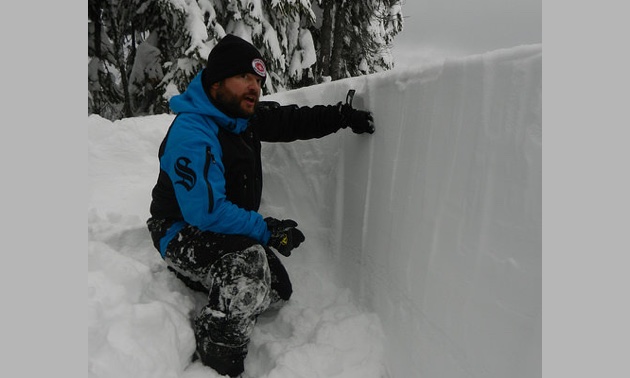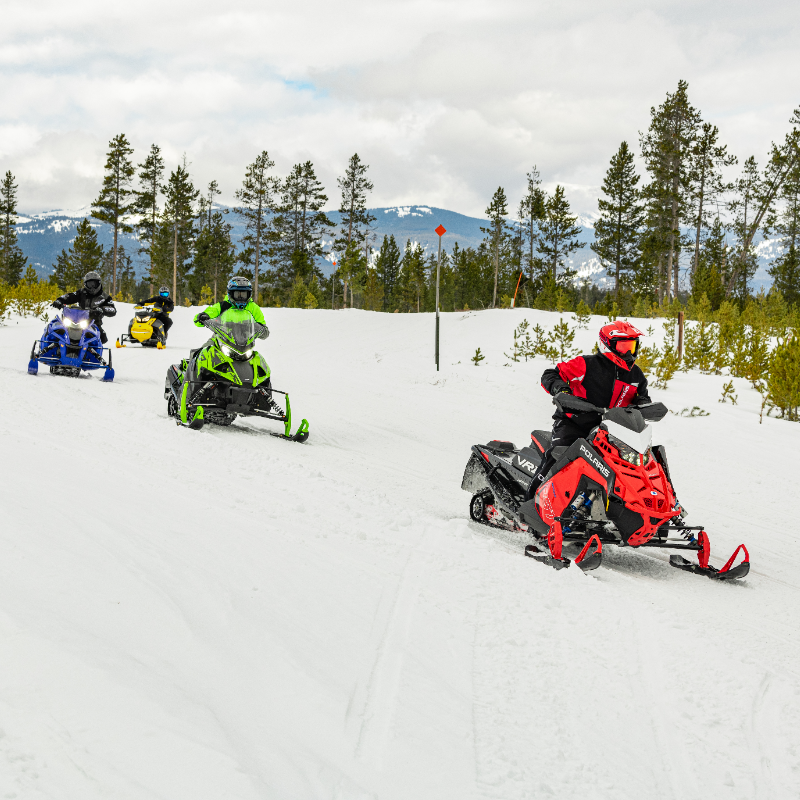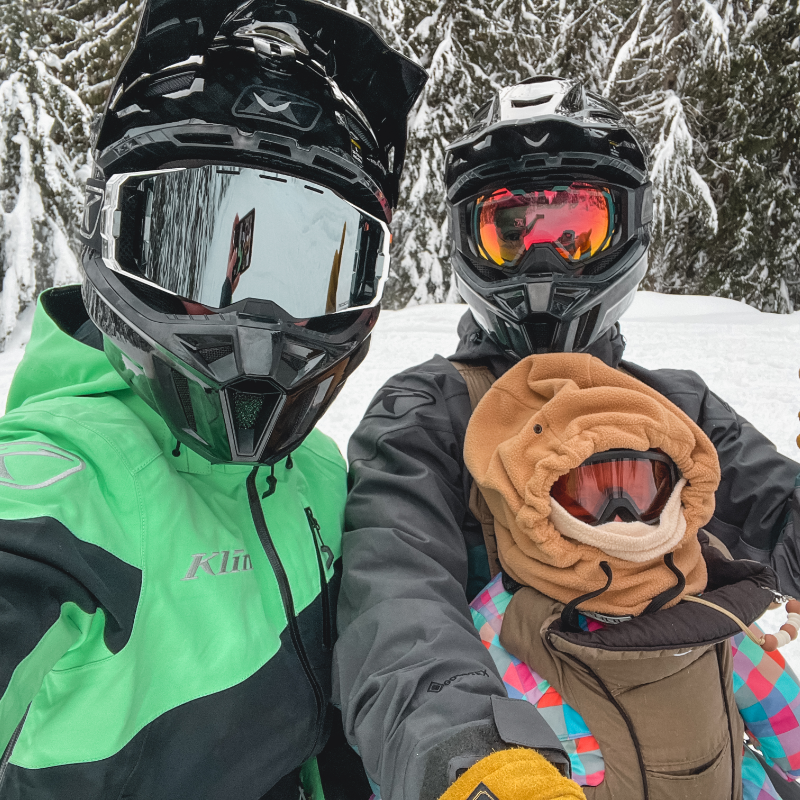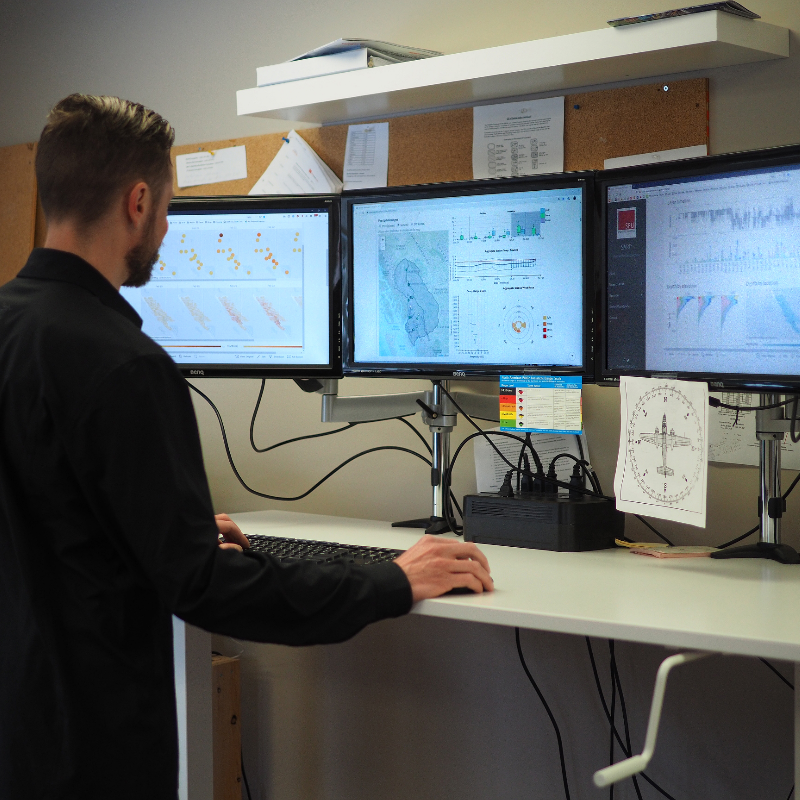Avalanche Canada's outreach co-ordinator Brent Strand is working hard to keep the lines of communication open between snowmobilers and Avalanche Canada. One of the most valuable links to the snowmobile community comes by way of a specialized and skilled committee called Sledcom. While Avalanche Canada deals with a multitude of user groups including skiers and snowboarders, Sledcom is the voice specifically for backcountry snowmobilers.
Sledcom, formed in 2009, is an advisory committee that works with Avalanche Canada to ensure the needs of snowmobilers are met. This experienced team is made up of snowmobilers, industry professionals and industry representatives and valuable feedback, networking and suggestions to Avalanche Canada, a non-government, not-for-profit organization dedicated to public avalanche safety.
“We want the snowmobilers to know they have a voice and are being heard,” said Curtis Pawliuk, chair of Sledcom and owner/operator of Frozen Pirate Snow Services in Valemount, B.C.
Avalanche airbag
An area of particular concern to members of the Sledcom committee is the need for avalanche airbag wearers to know how to deploy the bag and to keep it in top working order.
“Equipment can fail, including cables, gauges and triggers," said Strand. "There are many recalls that the average consumer may not be aware of. Airbag wearers must maintain their airbags in top working order, otherwise it will not be operational when you need it most.”
Strand said many riders wear an avalanche bag but hesitate to deploy it when they become involved in an avalanche. That hesitation can be the difference between life and death.
Retail suppliers and avalanche skills instructors are partnering with airbag manufacturers to allow wearers the opportunity to deploy their airbag in a practice setting. Users need to learn proper techniques to roll the airbag back up after deployment and how to check for potential equipment failure.
Electronic interference
Electronic interference is another focus at the top of the list for Sledcom. Cellphones, helmet cameras and radio—anything that utilizes Bluetooth technology—will impair transceiver effectiveness. A minimum of 30 centimetre distance between any electronics and your transceiver is recommended. Should you become buried in an avalanche, searchers will have no electronic interference impeding their rescue efforts.
“Turn your cellphone off," said Pawliuk, "and have a dedicated storage compartment on your snowmobile to house these types of devices, so they are not affecting your transceiver."
Mountain Information Network
One of the most groundbreaking developments for Avalanche Canada is the Mountain Information Network, or MIN. This specialized information-sharing network allows for real-time information to be shared between riders, boosting levels of awareness and safety exponentially.
"The Mountain Information Network brings online information-sharing to winter backcountry users in Canada," said Strand. "The MIN allows backcountry riders to get localized, real-time observations from other users. Information on avalanche conditions, snow conditions, riding conditions and weather is easily accessed and just as easily submitted."
Riders can submit photos and information throughout the day from any smartphone using the Avalanche Canada app. Click on the menu icon in the top left of the screen. This will take you to an easy checklist that allows you to share meaningful and important information with your community of backcountry users. You can store multiple observations throughout the day if you’re out of cell range, and submit them later.
To submit observations from your computer, go to Avalanche.ca and click on Mountain Information Network in the main navigation bar. Each submission is geo-tagged so other users can easily see where the observations are from. Your information appears immediately (or as fast as your connection allows) as a little blue icon on the main map of Avalanche.ca.
Access this information by clicking on any of these little blue icons. Broaden or narrow the scope of observations by clicking on the calendar icon on the right of the screen. This allows you to see submissions made only on the current day, the past three days, the past two weeks, or the past month.
As with virtually all online services, there is a need to log on the first time you use the MIN. This step is a barrier to spam and ensures the submission is not coming from a robot.







